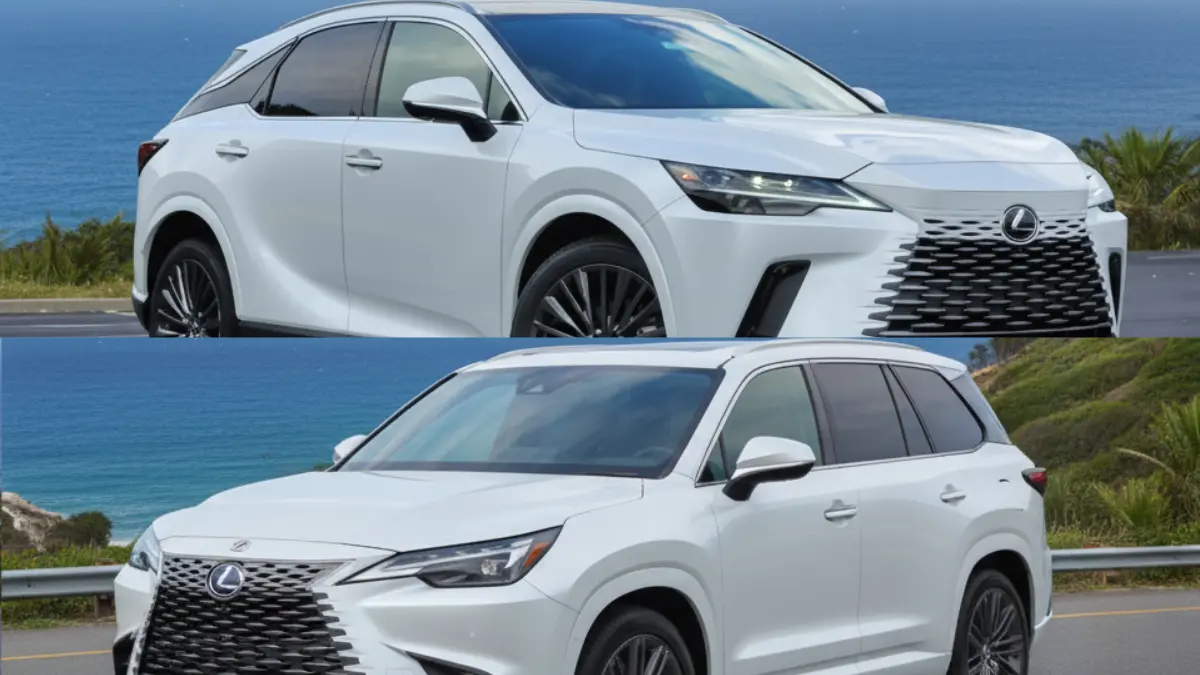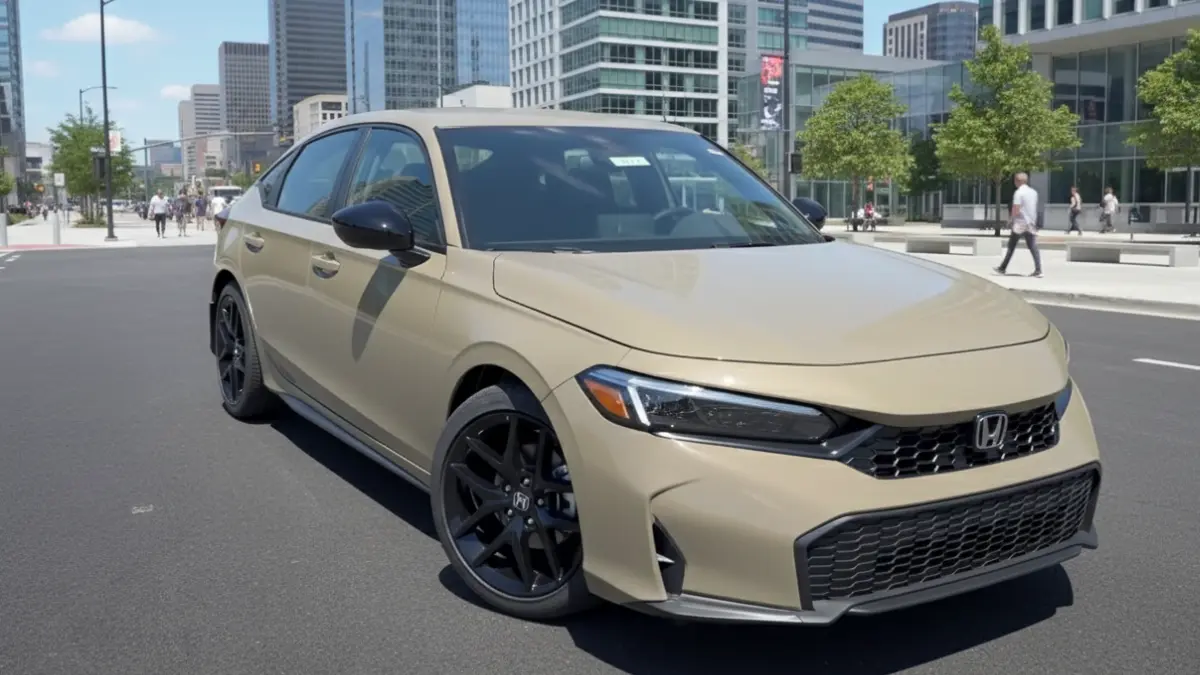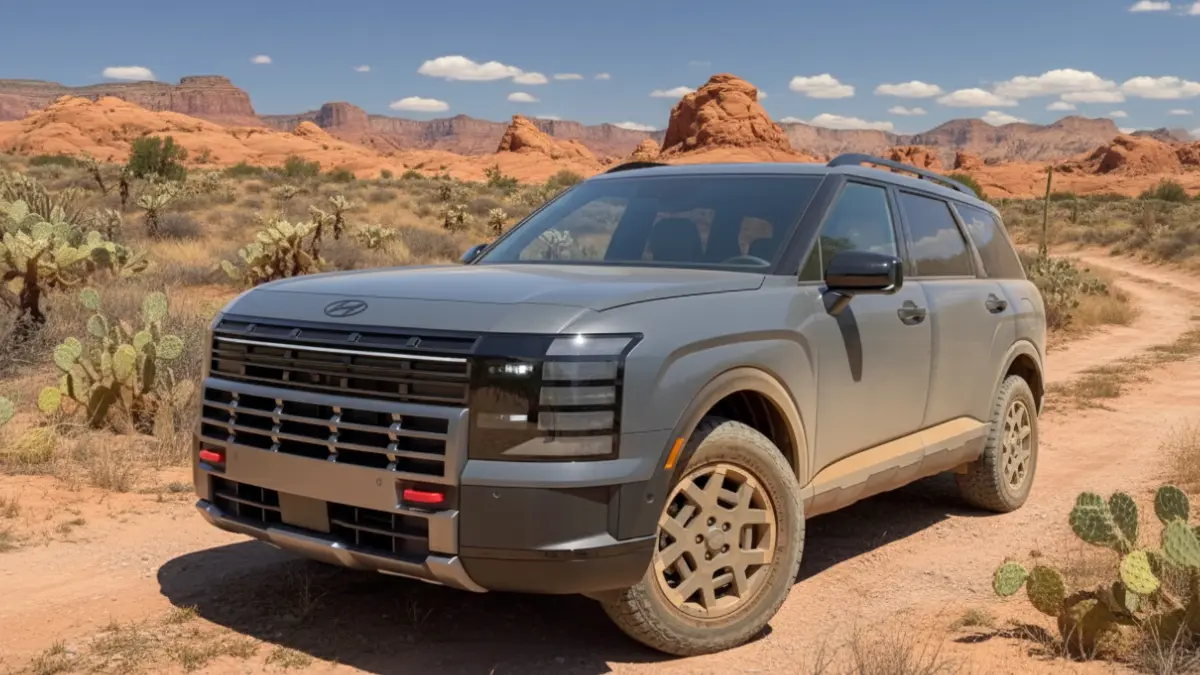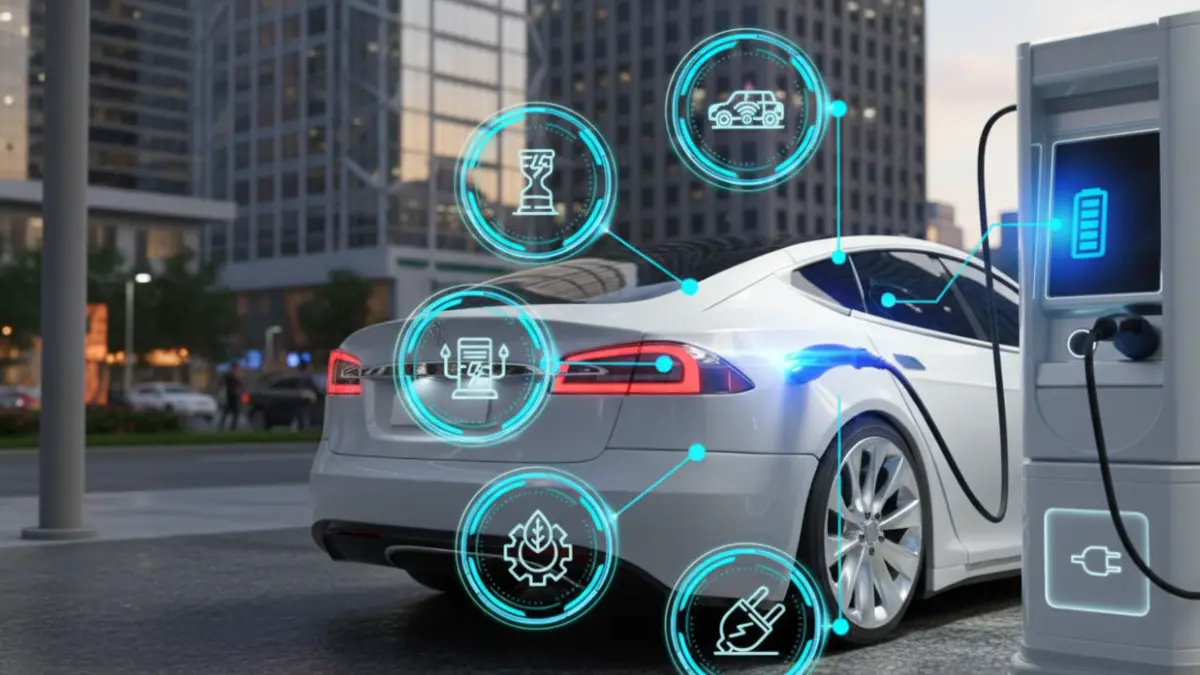2026 Hyundai Tucson Review: More Towing Power, Premium Cabin, and Pricing That Still Surprises

Hyundai's compact SUV receives modest but meaningful updates for 2026 that keep the 2026 Hyundai Tucson competitive in a crowded segment. The model year brings minor trim reshuffling, a higher towing capacity for the gasoline model, retained interior refinements from the 2025 refresh, and largely unchanged pricing, with the entry price starting at $29,000.
2026 Hyundai Tucson Specifications
- Model: 2026 Hyundai Tucson
- Starting price: $29,000 (SE)
- Highlighted trims: SE, SEAL Premium (new name replacing Seal Convenience), Limited
- Powertrains: Gasoline 2.5L I-4; Hybrid (1.6L turbo hybrid); Plug-in hybrid available
- Gas engine output: 187 hp, 178 lb-ft torque
- Hybrid output: 231 hp (combined)
- Transmission: 8-speed automatic (gas); hybrid uses a different automatic (conventional hybrid transmission)
- Fuel economy: Gas FWD 28 mpg combined, AWD 26 mpg combined; Hybrid ~35 mpg combined (up to 38 mpg in some configurations)
- Towing (gas): 2,750 lb (up from previous year); Hybrid tow rating 2,000 lb
- Cargo volume: 39 cu ft (behind 2nd row); 75 cu ft maximum
- Rear legroom: 41.3 in; class-leading packaging for rear passengers
- Warranty: 5 years / 60,000 mi basic; 10 years / 100,000 mi powertrain (Hyundai has removed complimentary maintenance for 2026)
- Manufacturing: Gasoline models built in Montgomery, Alabama; hybrid models built in Korea.
What's new for 2026
Hyundai's 2026 changes are evolutionary rather than revolutionary. The most notable updates are:
- A trim rename: the previous Seal Convenience trim is now marketed as Seal Premium; content remains largely unchanged.
- Increased tow capacity for the gasoline Tucson to 2,750 lb, which narrows the gap with some rivals for light towing duties.
- Removal of complimentary maintenance across the Hyundai lineup, a shift away from a benefit that historically improved Hyundai's ownership value proposition.
- Small interior change: the fingerprint reader that appeared on some Limited examples has been removed for 2026.
These tweaks build on the larger 2025 interior and exterior refresh, so much of the Tucson's current look and cabin technology carry over unchanged.
Design and exterior
The Tucson continues to stand out among compact SUVs for its bold, angular styling introduced with the recent refresh. On Limited trims the grille uses a smoked-chrome finish and blacked-out badging while the lower bumper receives chunky silver treatment. Lighting design remains distinctive: DRLs and turn functions are integrated into the grille graphic while the primary headlamp units sit separately (reflector LED standard; projector LEDs on Limited).
Wheel choices run 17–19 inches; the Limited shown here rides on 19-inch geometric alloys that visually match the vehicle's chiseled bodywork. Exterior practicality details include blacked roof rails, an integrated rear wiper under the rear spoiler, and a hands-free power tailgate on Seal trim levels and above.
Interior, tech and comfort
Hyundai's 2025 cabin overhaul remains the centerpiece for 2026, roomy, well-appointed and family-friendly.
- Seating & materials: Cloth at base trims; leatherette begins at Seal Premium; genuine leather on Limited. Most trims get power seats and two-way lumbar; memory is Limited-only.
- Driver displays & HUD: A full 12.3-inch digital instrument cluster appears from Seal Premium upward. The Limited adds a high-quality head-up display and a blind-spot camera system.
- Infotainment: A 12.3-inch central display with Hyundai's current software suite, wireless Apple CarPlay and Android Auto, and available built-in navigation on higher trims.
- Comfort features: Dual-zone climate control (except base), three-stage heated front seats on non-base trims, ventilated seats on select models, and heated rear seats on Limited.
- Storage: The Tucson's center console is deep and versatile; the Limited's configuration differs slightly (arranged more like the hybrid layout) and includes a wireless charging pad and multiple cupholders/compartments.
- Audio: Bose 8-speaker system available on Limited.
Rear passenger room is a highlight: 41.3 in of rear legroom and class-leading packaging make the Tucson especially practical for families.
Driving impressions and performance
The standard 2.5-liter naturally aspirated 4-cylinder produces 187 hp and provides smooth, predictable performance for everyday driving. Acceleration is adequate for typical duties but noticeably behind the hybrid's stronger on-road punch.
The hybrid (a 1.6-liter turbo with electric assist, 231 hp combined) supplies significantly better initial thrust thanks to electric torque and improved fuel economy, a convincing choice for buyers who prioritize efficiency and quicker acceleration off the line. Transmission behavior is refined and the gas model's 8-speed automatic pairs nicely with the engine.
Ride quality remains a Tucson strong point: the suspension soaks up road imperfections well and the cabin stays relatively quiet at highway speeds. Measured interior noise around 55.2 dB at 55 mph places the Tucson among the quieter options in the category.
Practicality, cargo and towing
The Tucson's cargo and passenger packaging are competitive:
- Cargo: 39 cu ft behind the rear seats; 75 cu ft with seats folded (60/40 split). Measured cargo length behind the second row is reported at 74 in with generous opening dimensions and a convenient load height.
- Towing: Gas models now tow 2,750 lb; hybrids tow 2,000 lb, suitable for small trailers, boats or cargo carriers within light-duty use.
2026 Hyundai Tucson Pricing and value
Hyundai kept 2026 price increases modest, generally under $1,000 across the range. Trim-level pricing examples reported:
- SE: $29,000 (base)
- Seal Premium: $33,550
- Limited: $39,000 (FWD) — Limited AWD starts around $40,675; tested example with options and destination reached $43,830 (including $1,495 destination).
Hyundai's long warranties remain intact (5-year/60,000-mile basic; 10-year/100,000-mile powertrain) but the removal of complimentary maintenance reduces one tangible ownership advantage for 2026 buyers.
Resale and reliability outlook
Our analysis estimates the Tucson's retained value at about 55.35% of original MSRP after 5 years / 60,000 mi, and 19.6% after 10 years / 120,000 mi. Those figures are above industry average but still trail long-standing competitors such as the Honda CR-V and Toyota RAV4.
Combined reliability indexing, drawn from multiple industry studies, places Hyundai slightly below the overall brand average, not poor, but behind segment leaders with stronger long-term reputations.
Verdict: who should consider the 2026 Tucson?
The 2026 Hyundai Tucson remains a compelling choice for buyers who prioritize interior space, family-oriented practicality, a quiet cabin and strong standard technology. The hybrid variants are particularly attractive for drivers seeking both improved fuel economy and livelier acceleration. The updated tow rating for the gasoline model adds modest utility for owners who occasionally tow light loads.
Tradeoffs to weigh: Hyundai's removal of complimentary maintenance reduces the brand's recent ownership perks, and resale performance still lags the category's perennial leaders. For many buyers, however, the Tucson's combination of cabin room, thoughtful storage and competitive pricing will keep it high on the shopping list.




